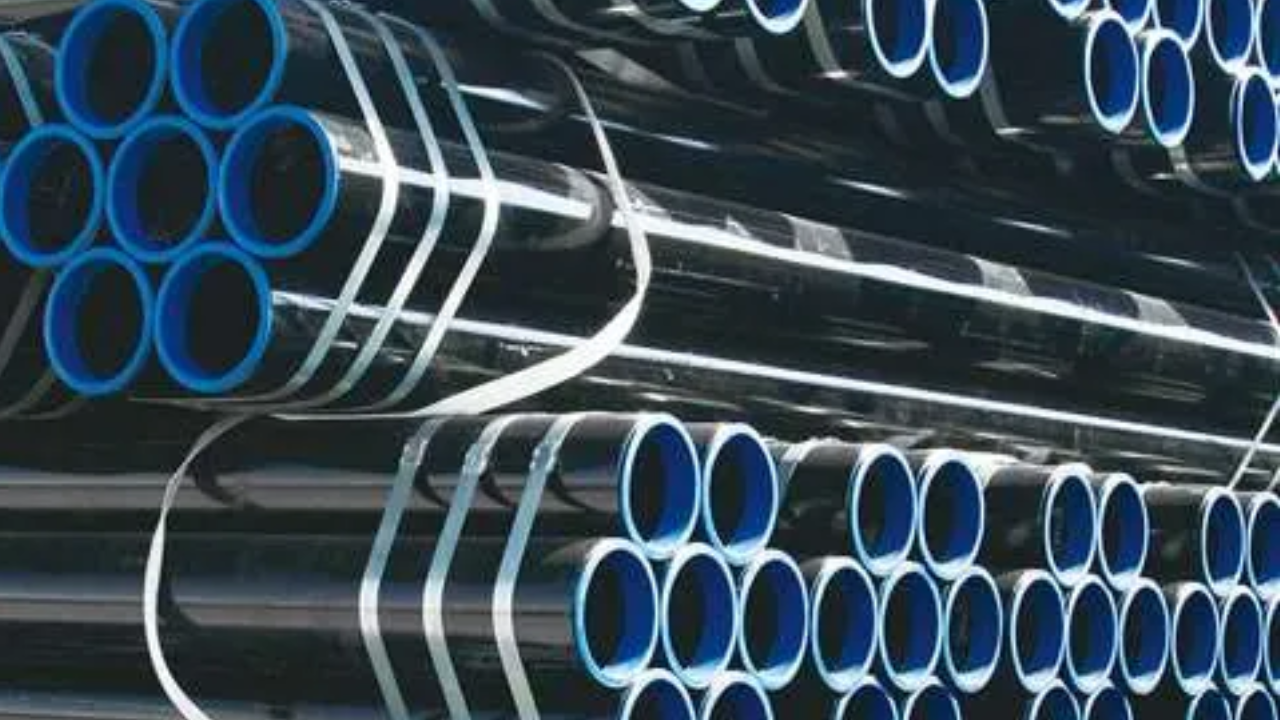Joining schedule 80 steel pipe chart may be a basic angle of pipe establishment and upkeep. Plan 80 channels, known for their thicker dividers and higher weight evaluations compared to other plans, require particular strategies to guarantee a strong and dependable association. This article investigates the ordinary strategies utilized to connect Plan 80 steel channels, each advertising unmistakable points of interest depending on the application and natural conditions.
Outline of Joining Strategies for Plan 80 Steel Channels
Joining Plan 80 steel channels requires particular strategies custom-fitted to their thicker dividers and higher weight appraisals. Common strategies incorporate strung associations for ease of establishment, welded joints for quality and perpetual quality, and flanged associations for simple get-togethers and support. Attachment and butt welds offer vigorous arrangements for high-pressure applications, whereas compression fittings give comfort without welding. Each strategy has its possess points of interest and is chosen based on the applicationâ's necessities and conditions.
Strung Connections
Strung associations are one of the foremost common strategies for joining Plan 80 steel channels, particularly in private and light mechanical applications. This method involves cutting inside and outside strings onto the pipe closes and after that screwing the channels together utilizing fittings with coordinating strings. The essential advantage of strung associations is their ease of establishment and the capacity to dismantle the channels for support or alterations. In any case, strung associations are by and large restricted to smaller breadths and are not reasonable for high-pressure or high-temperature applications due to potential spillage or joint disappointment.
Welded Joints
Welding could be a vigorous and permanent strategy for joining Plan 80 steel channels. It includes softening the pipe closes and filling the joint with a filler fabric to form a solid, persistent bond. Common welding methods incorporate electric circular segment welding (such as SMAW, MIG, or TIG) and combination welding. Welded joints give great strength and judgment, making them reasonable for high-pressure and high-temperature applications. Be that as it may, welding requires talented labor and suitable security measures to handle the warm and exhaust created by the method.
Flanged Associations
Flanged associations include connecting channels utilizing spines, which are level, circular components that are blasted together. Plan 80 channels can be fitted with flanged closes that are at that point joined utilizing jolts, gaskets, and nuts. This strategy permits for simple get-together and dismantling, making it perfect for applications where visit support or assessment is required. Flanged associations are especially valuable in frameworks where channels ought to be associated with other gear, such as pumps or valves. They moreover give a great seal when appropriately introduced, decreasing the hazard of spills. Be that as it may, the toll of flanged fittings and the requirement for extra components like gaskets can make this strategy more expensive compared to others.
Attachment Weld Joints
Attachment weld joints are another strategy utilized to connect Plan 80 steel channels. This procedure includes embedding the pipe into an attachment or fitting and after that welding around the joint to make a solid association. Attachment weld joints are favored in high-pressure applications due to their quality and capacity to preserve the pipe's full bore distance across. The method includes planning the pipe and fitting surfaces, adjusting them precisely, and after that performing the weld. Attachment welds require exact fitting and arrangement to dodge issues such as misalignment or stretch concentrations, which might lead to joint disappointment.
Butt Weld Joints
Butt weld joints are commonly utilized for joining Plan 80 steel channels, especially for larger diameters. In this strategy, the pipe closes are adjusted and welded together to make a nonstop, consistent association. The channels are arranged by beveling their closes to guarantee legitimate combination amid welding. Butt welding is invaluable for its tall quality and capacity to handle tall weight and temperature conditions. It moreover guarantees a smooth inside surface, which is advantageous for liquid streams. Be that as it may, this strategy requires cautious arrangement and fitting of the pipes, as well as the aptitudes and gear essential for welding.
Compression Fittings
Compression fittings give a method for joining Plan 80 steel channels without the need for welding or threading. This procedure includes employing a compression fitting, which comprises a nut, a compression ring (or ferrule), and a body. The pipe is embedded into the fitting, and the nut is fixed, causing the ferrule to compress around the pipe and make a secure seal. Compression fittings are simple to introduce and dismantle, making them suitable for applications where adaptability and comfort are vital. Be that as it may, they may not be perfect for high pressure.
Conclusion
Choosing the right strategy for joining Plan 80 steel channels depends on different variables, including the applicationâ's weight and temperature prerequisites, the requirement for support, and fetched contemplations. Strung associations offer effortlessness for smaller establishments, whereas welded joints give quality and strength to high-pressure frameworks. Flanged associations permit simple support and hardware integration, whereas attachment and butt weld joints guarantee robust, high-strength associations for bigger or more requesting applications. Compression fittings offer comfort and ease of use, even though they may have restrictions in extraordinary conditions. By understanding the preferences and confinements of each strategy, one can select the foremost fitting procedure to guarantee a solid and effective channeling framework.


